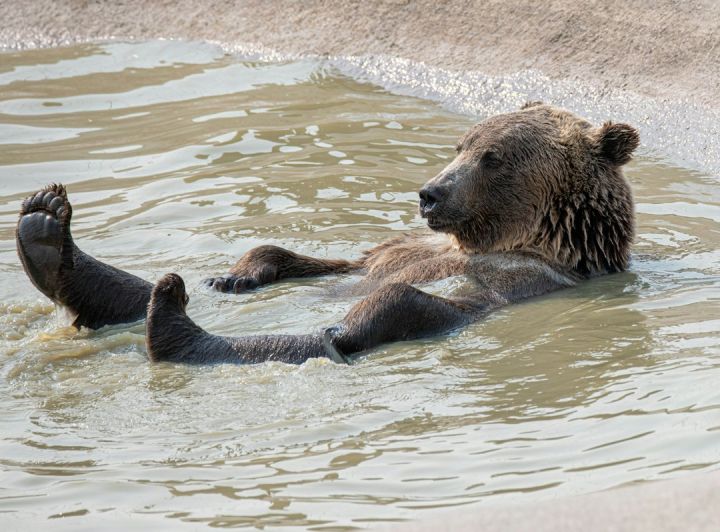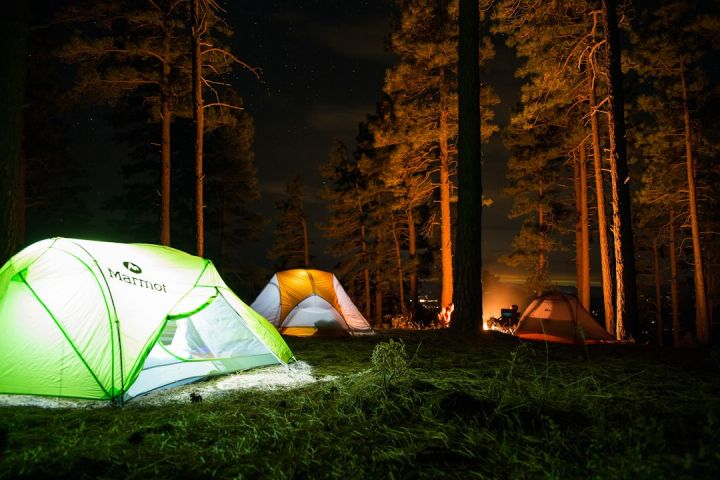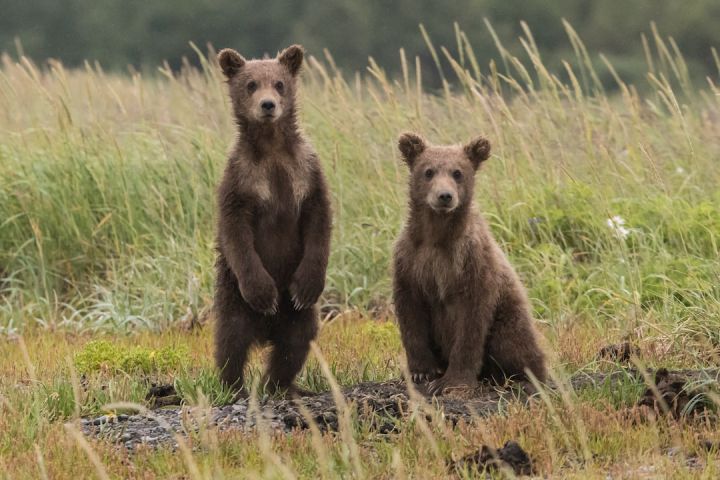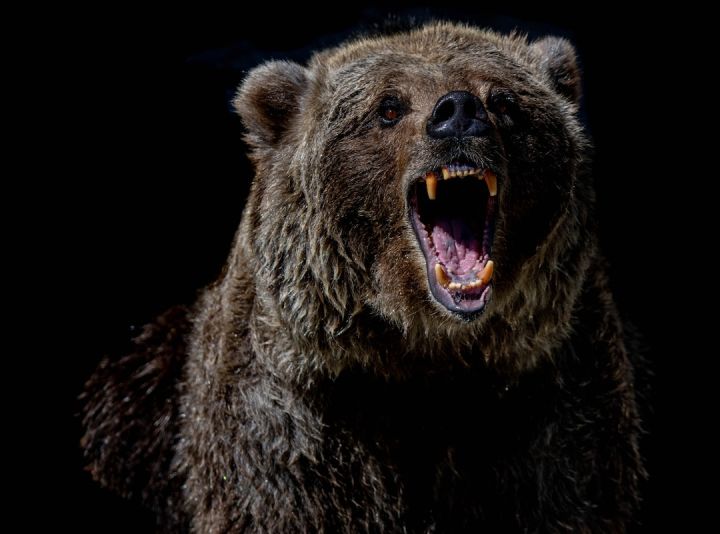How Close Can You Get to a Bear Without Danger?
Bears have always fascinated us with their majestic appearance and powerful presence. However, when it comes to getting close to these magnificent creatures, it is crucial to understand the risks involved. While it may be tempting to approach a bear for an up-close encounter, it is essential to prioritize safety and respect their wild nature. In this article, we will explore the factors that determine how close you can get to a bear without putting yourself in danger.
Understanding Bear Behavior
Before attempting to get close to a bear, it is vital to have a basic understanding of their behavior. Bears are generally elusive animals and prefer to avoid human contact. However, they can become aggressive if they feel threatened or if their cubs are in danger. It is important to remember that bears are wild animals, and their behavior can be unpredictable.
Maintain a Respectful Distance
Maintaining a respectful distance from bears is crucial for both your safety and the well-being of the animal. The general rule of thumb is to stay at least 100 yards away from a bear. This distance ensures that you do not disrupt their natural behavior and minimizes the chances of a negative encounter. Remember, it is always better to observe these magnificent creatures from a safe distance.
Use Binoculars or a Telephoto Lens
If you want to get a closer look at bears without compromising your safety, consider using binoculars or a telephoto lens. These tools allow you to observe bears from a distance while still capturing remarkable detail. With the help of binoculars or a telephoto lens, you can appreciate the beauty of bears without intruding on their space or endangering yourself.
Avoid Surprising Bears
Surprising a bear can lead to a dangerous situation for both parties involved. Bears have a keen sense of smell and hearing, but their eyesight is relatively poor. If you want to get close to a bear, make sure they are aware of your presence. Announce your arrival by making noise, clapping your hands, or speaking in a calm and assertive voice. By doing so, you give the bear an opportunity to detect your presence and react accordingly.
Never Approach a Bear
While it may be tempting to approach a bear for a closer look or a once-in-a-lifetime photo opportunity, it is essential to resist the urge. Approaching a bear, even if it seems calm, can trigger a defensive response, especially if the bear feels threatened. Remember, bears are powerful and fast-moving creatures, and their actions can be unpredictable. It is always better to admire them from a safe distance rather than putting yourself in harm’s way.
Respect Bear Habitat
Bears rely on their habitat for food, shelter, and safety. By respecting their habitat, you are not only ensuring their well-being but also minimizing the chances of a dangerous encounter. Avoid venturing into bear territory, especially during periods of increased bear activity, such as when they are feeding or mating. By giving bears the space they need, you are promoting their natural behavior and reducing the risk of conflict.
Conclusion: Appreciate from Afar
Getting close to a bear without danger is possible, but it requires understanding and respecting their natural behavior. By maintaining a respectful distance, using binoculars or telephoto lenses, avoiding surprises, and never approaching a bear, you can appreciate their beauty while prioritizing safety. Remember, observing bears in their natural habitat is a privilege, and it is our responsibility to ensure their well-being and our own. So, next time you encounter a bear, take a step back, admire from afar, and cherish the awe-inspiring sight before you.






